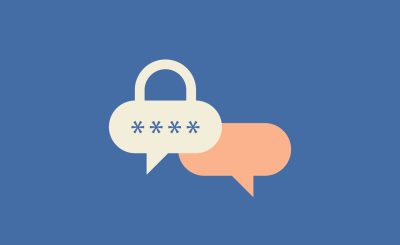Cyber-attacks that aim to disrupt network services have become increasingly common in recent years. One of the attack methods used is an IP stresser, which works by overloading a target with malicious traffic to take it offline.
An IP stresser is a service or software tool that allows users to perform distributed denial-of-service (DDoS) attacks. It works by directing a flood of traffic from multiple sources to a single target server or network device simultaneously. This massive influx of bogus requests overloads the target’s bandwidth and resources, causing connectivity issues or taking it completely offline.
IP stressers leverage botnets or voluntary human users to carry out the actual attacks. A botnet is a network of infected devices that is controlled remotely. The stresser service recruits these infected devices to participate in attacks without their owners’ consent or knowledge. However, many stressers today rely more on willing human users who sign up through their sites to launch attacks in exchange for payment.
Easy to access and use
how to use a stresser? IP stressers have become the attack tool of choice for many threat actors is that they are relatively easy and cheap to access and use. Basic stresser subscriptions cost less than $30 per month while providing enough firepower to take most networks offline. Novice attackers with limited technical skills sign up for these services and easily point them to their desired target. The attack itself requires very little specialized hacking expertise. This has opened up DDoS attacks to a much wider pool of potential cybercriminals and hacktivists.
High impact with low risk
For the perpetrators, IP stresser attacks offer a high-impact method to disrupt and damage organizations while posing relatively little risk to themselves. The distributed nature of the attack and the intermediary stresser service makes it very difficult for authorities to track down individual attackers. Many stresser services also make false claims to subscribers about preventing their IP addresses from appearing in their server logs. This inability to pinpoint sources provides a veil of pseudo-anonymity for attackers. Unless the stresser service collects logs and cooperates with investigations, cybercriminals essentially attack targets with impunity. The high impact of crippling companies financially through outages combined with minimal personal risks make IP stressers an attractive tool for malcontents.
Difficult to fully defend against
While mitigation strategies and DDoS protection services are available, defending networks from today’s powerful IP stresser attacks remains challenging. As booters harness larger attack bandwidths, they essentially overwhelm many common safeguards such as upstream filtering and overprovisioning bandwidth.
The perpetrators also frequently shift between different attack vectors to find holes in defenses. For example, a target is well protected against UDP flood attacks, so the attackers switch over to SYN floods, DNS amplification, or other methods. The asymmetric nature of the attacks requires mitigation services to absorb massive malicious traffic levels while targets need to ensure no legitimate requests get improperly dropped. For most organizations, the costs of preventing the worst IP stresser attacks could be prohibitively expensive relative to the risk. This leaves many networks exposed unless the attacks directly threaten critical infrastructure or national security systems. But for the average company website or email server, remaining online under a deluge from a powerful booter is unlikely.








